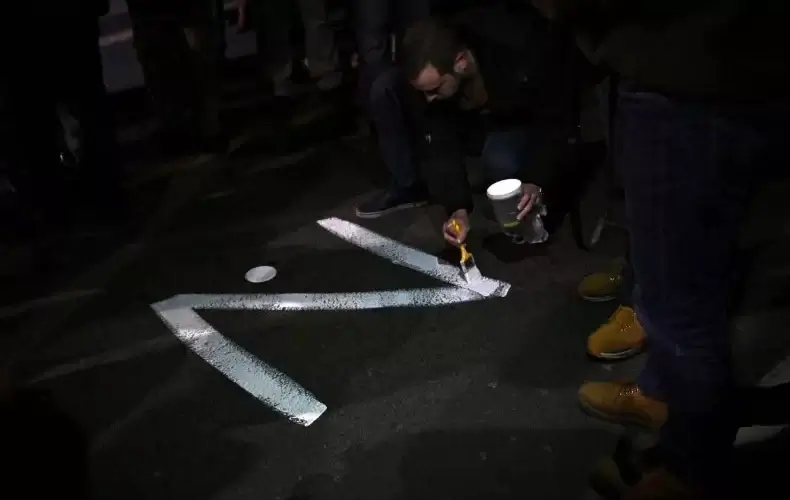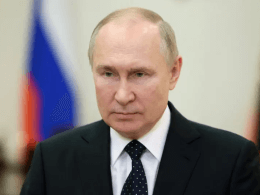After initially appearing on Russian military equipment in Ukraine, the white "Z" has become one of the major symbols of the Ukrainian invasion.
Spreading from the battlefield to rallies to social media like wildfire, the white Z now represents pro-invasion sentiments and has been incorporated into Kremlin-approved propaganda. But where did it come from and does it have any deeper meaning?
The symbol gained international attention as it was spotted during the invasion of Ukraine, emblazoned on the side of Russian military vehicles. Similar markings were spotted years ago on Russian tanks taking part in the Syrian civil war, according to The Evening Standard. As such, many have deduced that the symbol is meant to help soldiers on the ground differentiate their side's vehicles from those of the enemy, reducing friendly fire. It has also appeared spray-painted on doors in Ukrainian regions successfully captured by Russia.
Professor Michael Clarke, former director for the think tank, Rusi, spoke with Sky News about the symbol's potential use as a strategic indicator.
"Often these symbols will be location-based—they will be communicating where a unit is heading," Clarke said. "If they were only to mark the vehicles as being Russian, you could just use one symbol. The fact that they are different tells you more—they are probably signs which tell you which units are heading to the north-east or north-west of a district, for example."










